Value-based Care Prompts Glass to Grow Up
HIStalk looks at the ways in which smart glasses – once thought to be an over-hyped novelty – are turning into a not-to-be ignored market force aimed at helping healthcare transition to value-based care.
By @JennHIStalk

The name “Google Glass” once evoked guffaws aimed at the early consumer adopters (Glass Explorers) who were seen sporting them in everyday settings. “OK Glass” – the command used to jumpstart the wearable’s software – was not, contrary to initial manufacturer expectations, uttered at a rate that demanded further mass consumerization.
Healthcare, however, did express interest, and at least a few headset-wearing folks walked the halls of the HIMSS conference in 2013 and 2014 The Glass hype in healthcare was understandably strong, given the industry’s propensity to create high-tech cures for low-tech problems.

Though privacy and security concerns caused Google to take a step back from the consumer market for Glass, its prospects in the world of business quietly flourished (despite the fact that HIStalk readers voted Glass “the most overrated technology” in the 2014 and 2015 HISsies). Even Apple has taken notice, with rumors resurfacing of its intent to develop an iPhone-compatible pair of smart glasses. Healthcare providers and vendors have also shown increasing interest in the devices, which in turn has helped a number of startups flourish in the face of almost gleeful naysaying.
From Pipe Dream to Readmissions Reducer
San Francisco-based Augmedix has made a name for itself in the smart glasses space, becoming one of the first companies in healthcare to recognize the value this type of technology can bring to physician workflows. Founded in late 2012 by Ian Shakil and Pelu Tran, the company — which offers remote scribing capabilities via smart glasses — has grown from two to over 700 employees.

“In the beginning, people viewed us as a novel hype play,” Shakil admits. “Now that the hype has bled away, people are starting to view us a real, substantive, hard-nosed solver of big problems in healthcare. The problem we’re going after is the sad fact that doctors spend two to three hours a day charting, typing, and clicking. They hate it and the patients hate it. We’ve thrived in the world of volume and paper; doctors are busy and burdened, and so saving them a third of their day with our remote scribing capabilities is very valuable. Those same factors are still true in the emerging world of value-based care. Doctors are scarce, they’re expensive, and their overhead is expensive. Reclaiming those lost hours enables them to focus their energies on spending more time with patients or population health endeavors. Either way, the value translates in both worlds and it’s really starting to be tallied and received by the market, which is feeling a lot of growth.”
Augmedix’s J-shaped growth curve over the last four years is indeed indicative of healthcare market interest, which has helped spawn a number of other competitors. Mountain View, CA-based Drchrono jumped onto the Glass bandwagon in 2014, developing the first EHR-compatible “wearable health record” in partnership with Google and Box.
Founded in 2004, Advanced Medical Applications got into the smart glasses game in 2014 with the first live broadcast of a surgery using Google Glass between two continents. The company, which specializes in mobile technology development for a number of verticals, has managed to find its niche in smart glasses-enabled telemedicine and emergency services.
Austin-based Pristine plays in a similar space. The three year-old startup has focused on creating a telemedicine solution that enables doctors to provide their expertise visually from anywhere at any time.

“The ‘See What I See, Hear What I Hear’ collaboration solution was initially adopted by teaching hospitals, ambulance organizations, healthcare systems that provide care for remote patients, assisted living facilities, and anywhere access to expertise was limited,” explains Pristine CEO Peter Evans. “In the past year, we’ve seen two changes that are accelerating that adoption. First, there has been a shift in approach from Explorers and those kicking the tires on the concept, often funded by grant money, to organizations that have specific pain points and realize that the traditional approaches to providing care are not scalable.”
“Second, we are seeing a rise in adoption by manufacturers of healthcare products,” Evans adds. “Companies that make complex healthcare technologies, produce pharmaceuticals, and provide other third-party solutions are enhancing their support models to healthcare providers through adoption of augmented reality and smart glass solutions. As an example, we are seeing the implementation of the rep-less model, where sales reps who normally provide in-person, in-theater support for a surgeon or doctor can now provide the same or significantly better support and expertise without having to physically be there. This improves efficiencies and reduces operational costs for both the hospital and vendor, while enabling reps to scale and support multiple clients.”
That accelerated adoption has helped Pristine’s provider customers begin to realize significant operational efficiencies. “Studies by our customers are showing that the ability to get the right skilled knowledge in the right place at the right time in an efficient manner is improving patient care and outcomes. Some of our customers using our solution for telemedicine applications have reduced readmissions by over 17 percent and reduced recovery time by almost 30 percent. We believe that we can be one piece of a complex puzzle that enables providers to be rewarded based on quality on value, not just quantity.”
Following in the Smartphone’s Footsteps
Evans believes that the maturity of the market for smart glasses will grow in lockstep with related hardware. “The hardware is trying to catch up to the applications that users envision,” he says. “While many may be familiar with Google Glass, there is very good technology that has been introduced by companies like ODG, Vuzix, Epson, and Intel with its acquisition of the Recon Jet product.
“The state of smart glass hardware reminds me of the evolution of the smartphone,” Evans continues. “Early versions of the iPhone 2, for example, had hardware shortcomings. It didn’t have a camera, long battery life, GPS, or 3G. However, it had value with initial applications – sending texts, surfing the Web, and core apps that had immediate value. Over time, the hardware became more robust. Richer applications were developed and the incremental value grew. We are witnessing the same maturity of smart glasses and augmented reality solutions for business. The hardware has some limitations, but they are being addressed rapidly.”
Shakil also believes there are lessons to be learned from the world of smartphones. “It’s a vibrant space out there, with more smart glass offerings coming by the day,” he says. “Think back to when the first PalmPilots came out, and then compare that with the iPhone 7 – it’s like night and day. I think we’re going to see a similar progression in smart glass technology. They’re going to become more like normal-looking glasses – lighter, with a better battery life, more comfortable, and more resilient.”
Opening Up Use Cases
Today’s hardware limitations don’t seem to be holding providers back when it comes to reaping the benefits of smart glass technology. Shakil says that Augmedix customers anecdotally report more satisfied and engaged patients. “We’re beginning to see that showing up in the data,” he adds, “but it’s still early days. With our solution, the doctor feels more enabled to go deeper and get more investigative. The whole process becomes more hands-on for provider and patient.”
Customers participating in the OpenNotes initiative are also realizing new use cases for smart glass capabilities. “Sutter is one of our most progressive health system partners,” Shakil explains, “and while they’re very engaged with OpenNotes, they’ve struggled to deploy it operationally because it takes a lot of time and effort to write a beautiful note in rich, comprehensible English, get it into Epic, and then make it available to the patient by the time they get home. The Sutter team has found that, by using Augmedix, the note is almost always done in plain English by the time the visit is over, and is immediately available to the patient. They love being able to offer that. It engages the patient in their own care, helps them identify things they may have initially missed, and improves compliance in all the usual things. We’re really excited about the ways in which we can enable OpenNotes and all the downstream benefits that entails.”
Shakil is quick to add that some of the company’s more progressive end users – particularly those on the forefront of technology-enabled patient engagement efforts – have already expressed interest in taking smart glass capabilities even further. “Some of our health systems have an interest in going one step beyond OpenNotes to open up the visit from Glass itself for later retrieval on the patient portal,” he says. “We’re not doing that anywhere yet. We want to make sure that we have all the secure storage capabilities, opt-ins, and opt-outs from the patient side. Personally, as a patient, I think it would be amazing to go home and relive the appointment with my family – how to use the asthma inhaler, when to come in for refills, instructions on follow-up care. I think it will improve care and engagement in a big way.”
With Scale Comes Management Concerns
The need for complementary solutions is also a strong indicator that smart glass technology is here to stay. VMware AirWatch has added smart glasses management to its line of enterprise mobility management technologies and services, a move the company attributes to increasingly larger pilot programs and the resultant need for assistance with device management.

“We are seeing research being carried out in healthcare to identify use cases from training to documentation to data visualization during surgery,” says VMware Vice-President of Product Marketing Blake Brannon. “Pioneering customers are starting to pilot smart glasses and report gains in productivity and reduction in costs. We have started to see pilots move from less than five devices to a few hundred, or in some cases, a few thousand. When the scope of pilots increases to that extent, that’s typically when IT gets involved and needs a game plan to secure, configure, and deploy them at scale.”
The Cybersecurity Question
Though patients seem to have become more comfortable with smart glasses from a privacy point of view, enterprise adoption comes with its own set of adoption challenges. “Privacy and data protection will definitely come up as potential issues,” says Brannon, “resulting from any local storage of information and transmission of data. I’m not sure cybersecurity concerns will be addressed. They’re more likely to be amplified. We saw issues with Google Glass – not knowing if you were being filmed or having pictures taken of you. There will also be the same concerns as with other mobile devices. What if it gets stolen? Does it have patient information on it? Images? Can they be remotely wiped? Is the software or firmware up to date? Questions like these from our customers prompted us to develop an answer.”
The Future
Though smart glasses seem here to stay, albeit in a very niche capacity, Brannon believes the market still has to do its fair share of growing up. “The market is fragmented right now,” he notes. “There are many manufacturers with different devices that run different versions of Android. Some devices are also running proprietary operating systems. In the short term, we could see certain manufacturers create specific enterprise policies to differentiate their hardware, but, long term, we expect to see more consistency as the core hardware vendors emerge and build to a specific standard.”
Evans takes a more long-term view with the expectation that smart glass technology will become part of a person’s daily routine for work and play. “Some pundits are predicting that in 10 years we will see the demise of the smartphone, as it will be replaced by smart glasses. Anything that can be done on a smartphone or tablet can be done on the same Android operating system on smart glass.”
“Once the hardware becomes lighter,” he emphasizes, “then people will engage others by looking up rather than down at a small screen. Voice-recognition technology, which we’re already seeing with Siri and Alexa, will become a key enabler. We can all speak commands faster than we can type them, after all. Individuals will prompt their smart glasses with voice commands and other external beacons like barcodes and object recognition and will be immediately able to call up any information needed, to be displayed while we continue to interact with the world around us. The days of smartphone-induced disengagement will become a thing of the past.”








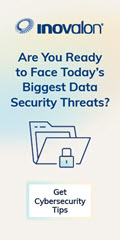


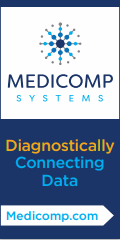



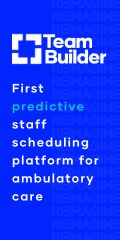



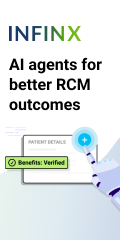




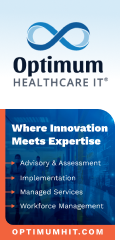



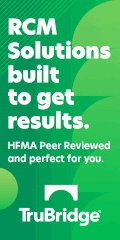

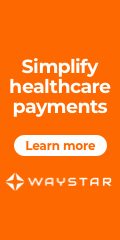
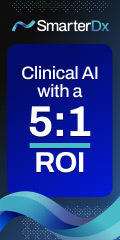


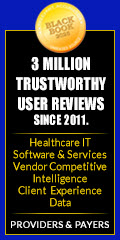
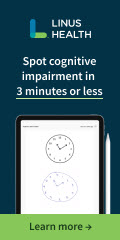
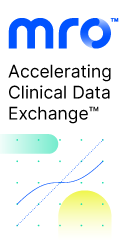

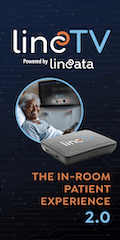







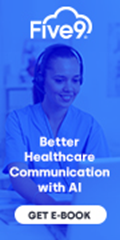
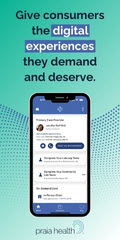


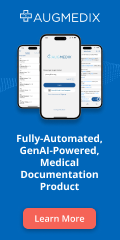

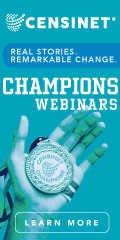

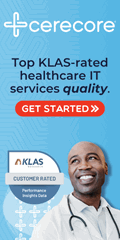




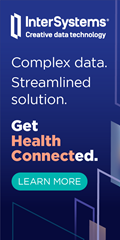


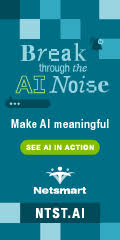
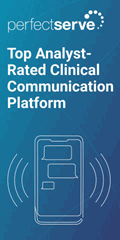


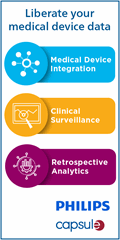



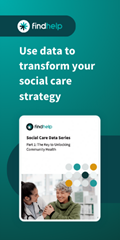

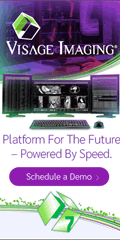


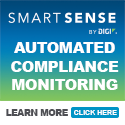



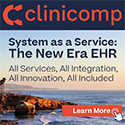




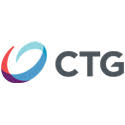
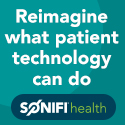



(Cough, the same kind of dingbat who doesn't think autistic people play BASEBALL. Of all the examples to choose...)